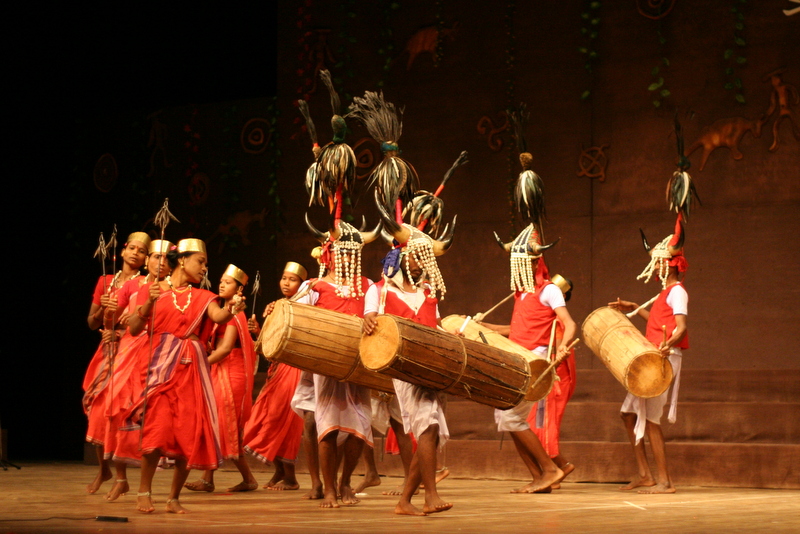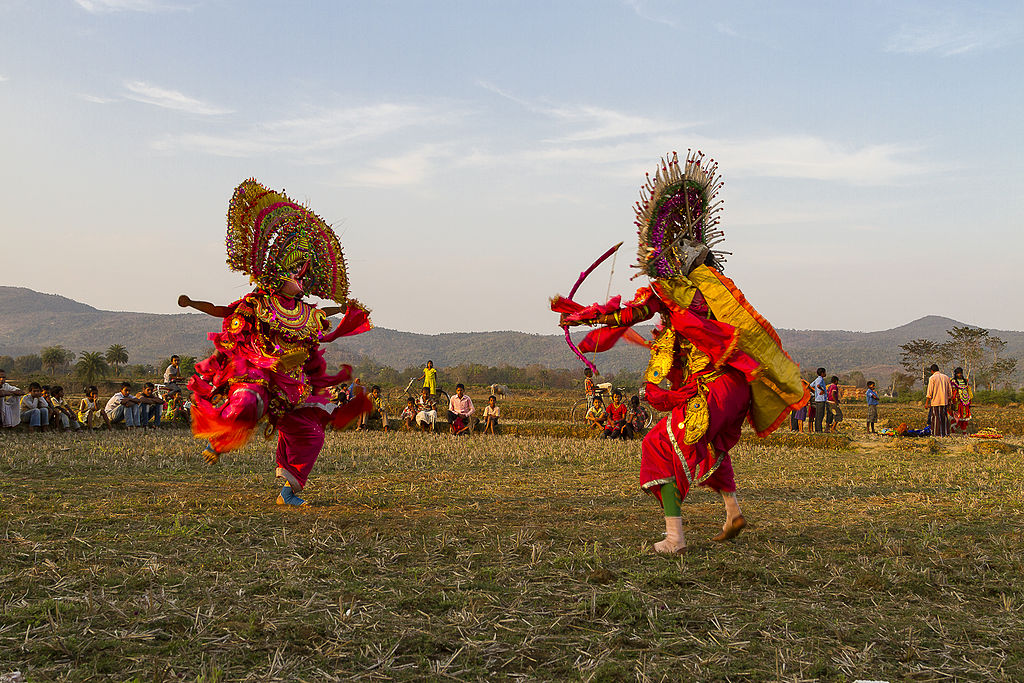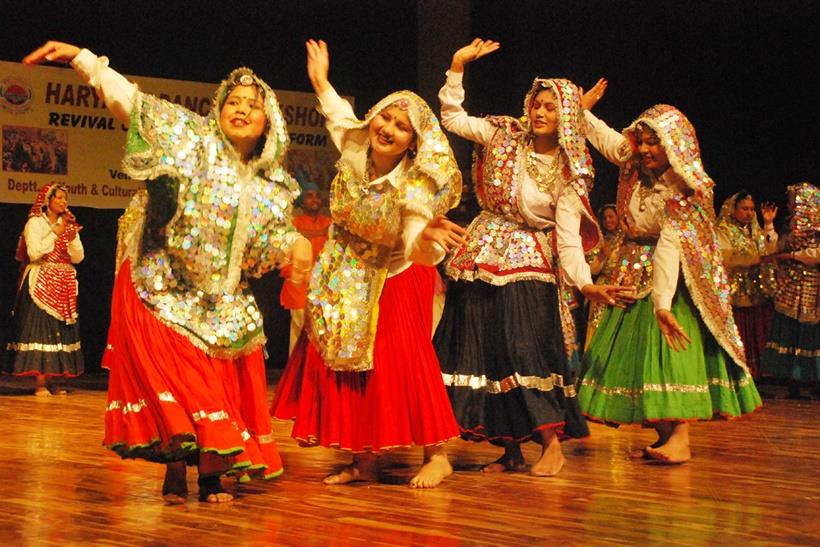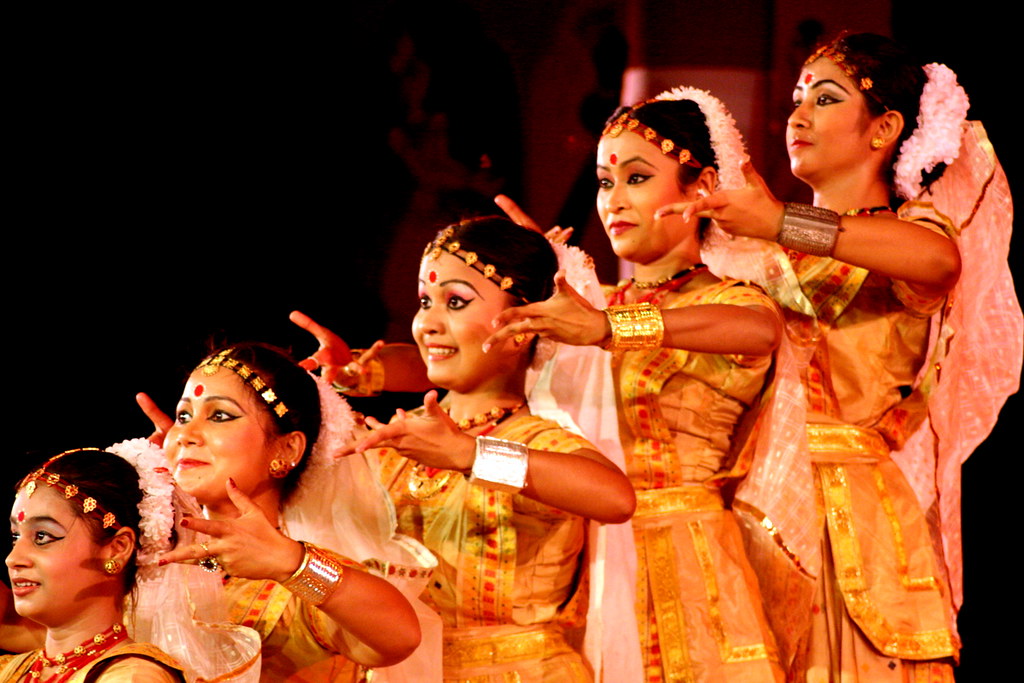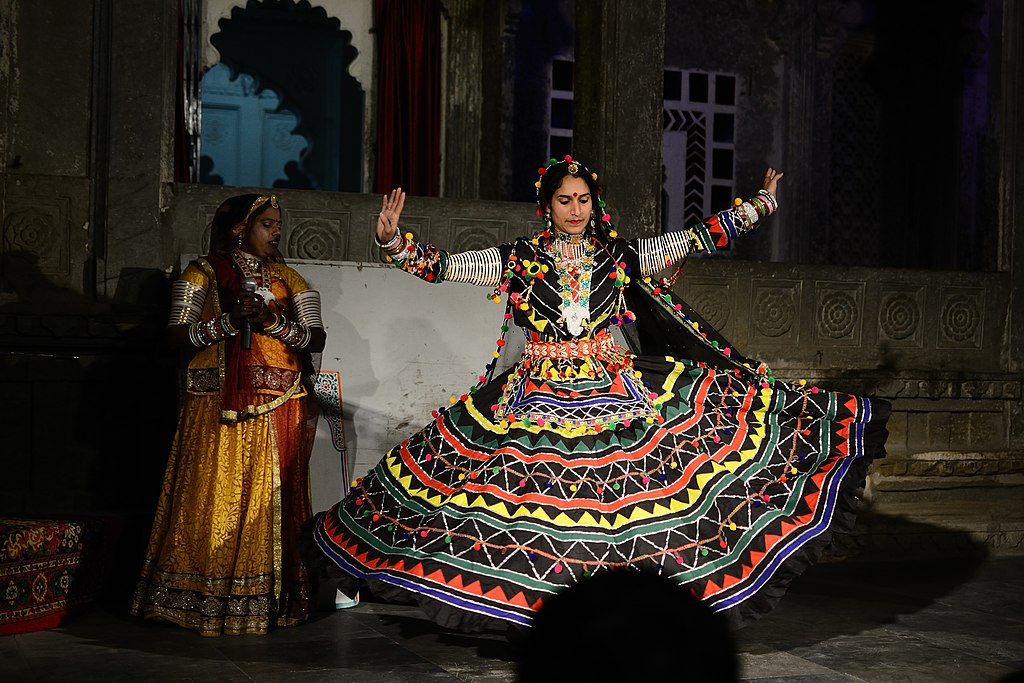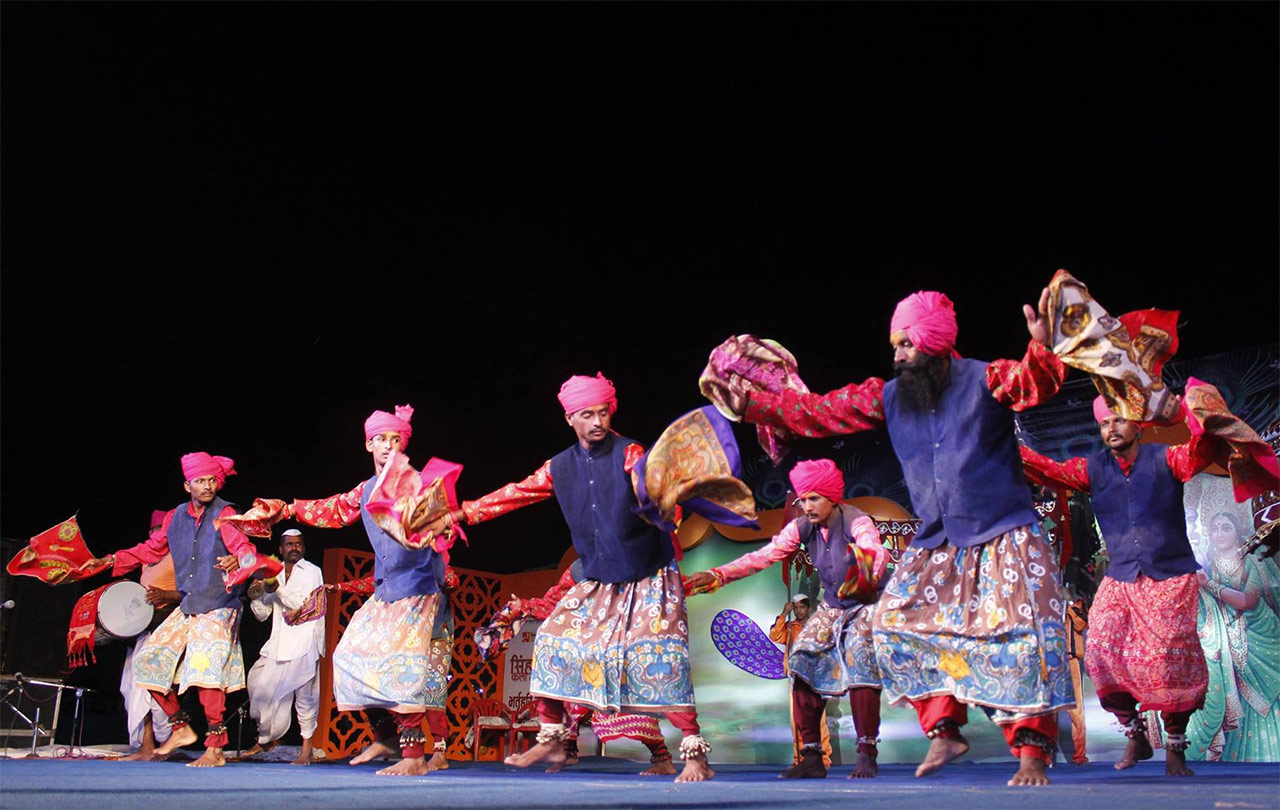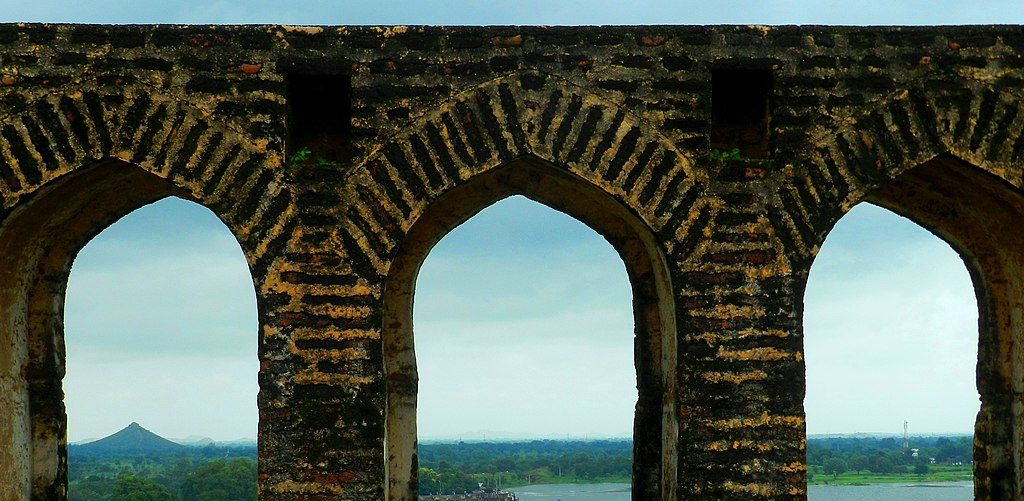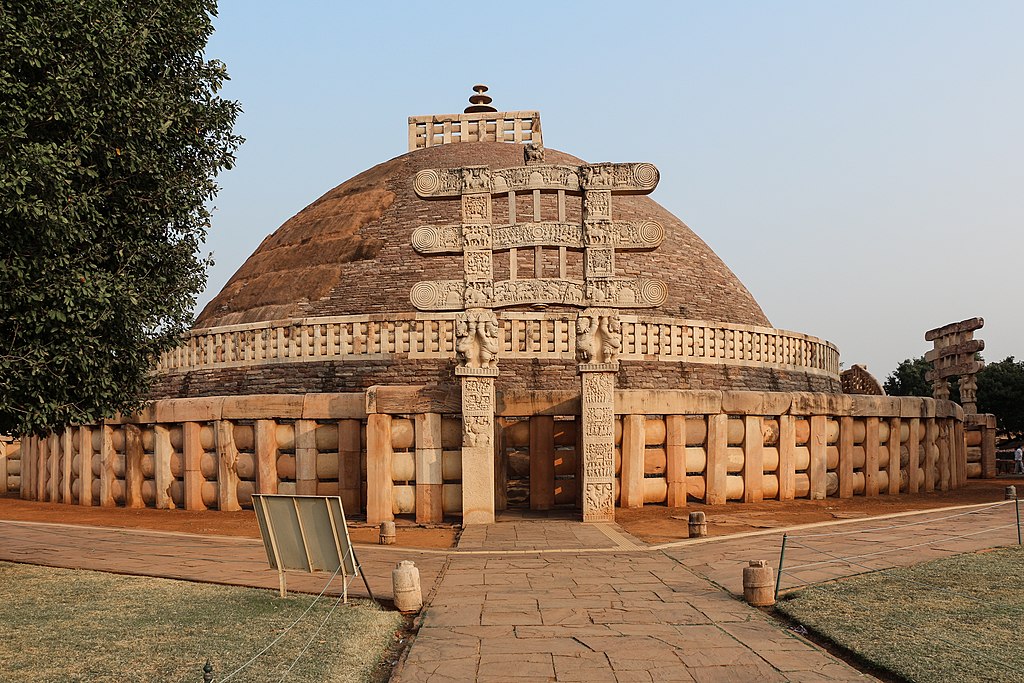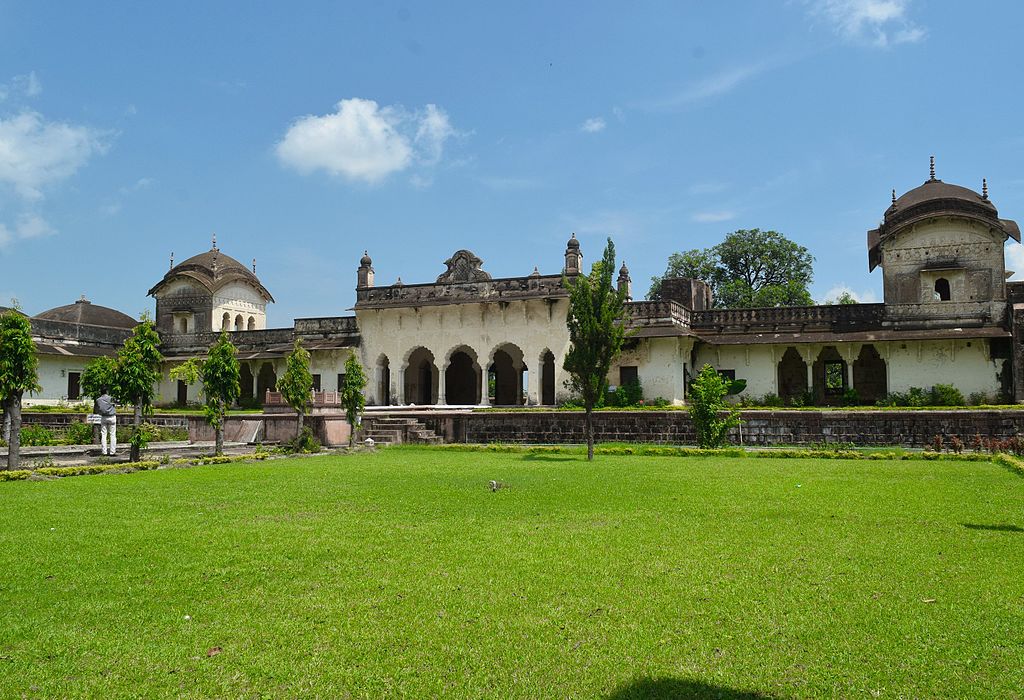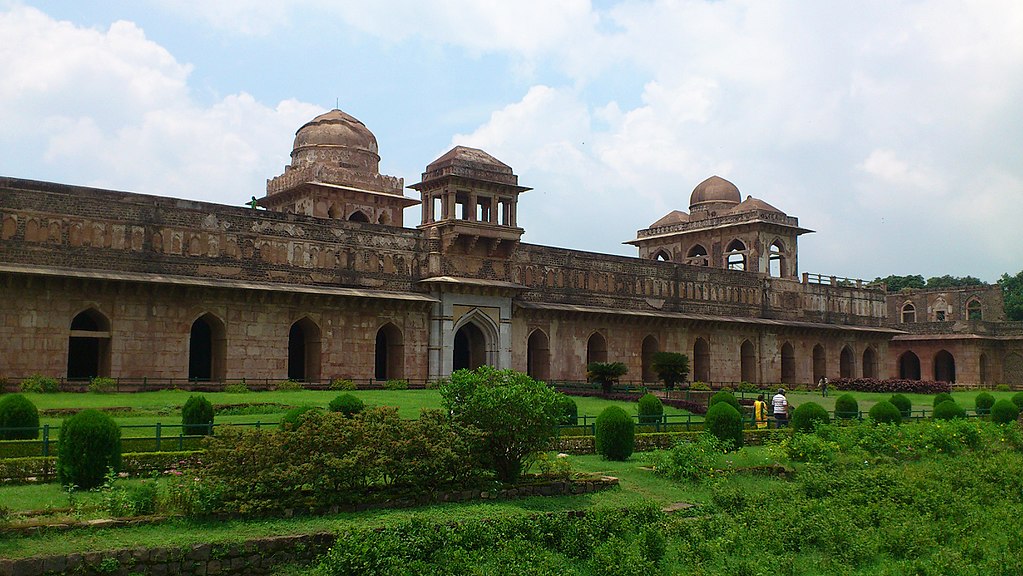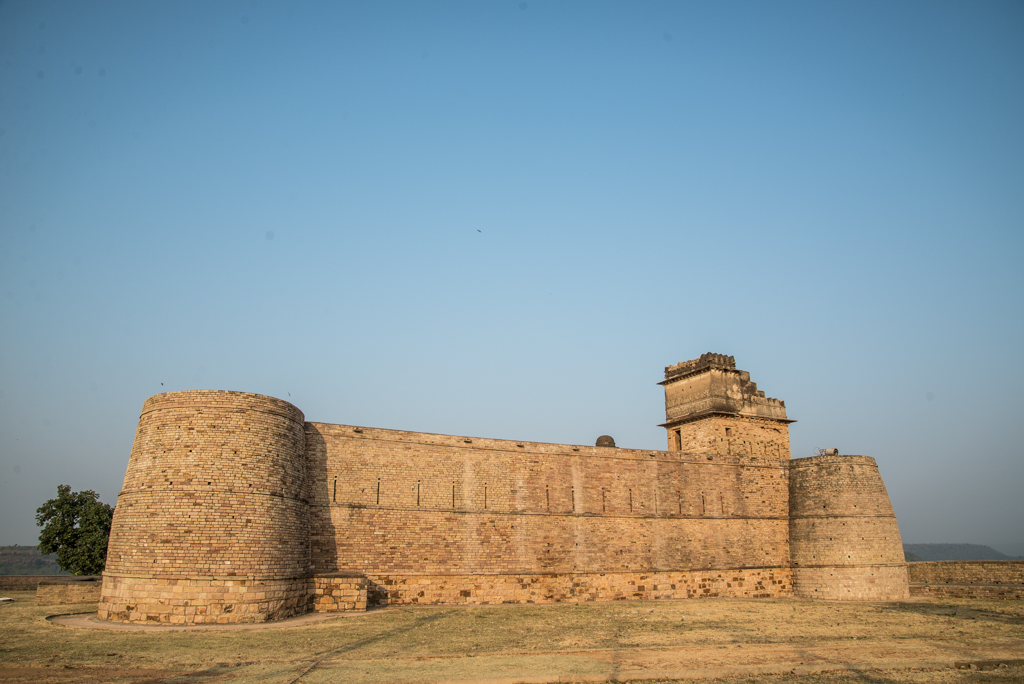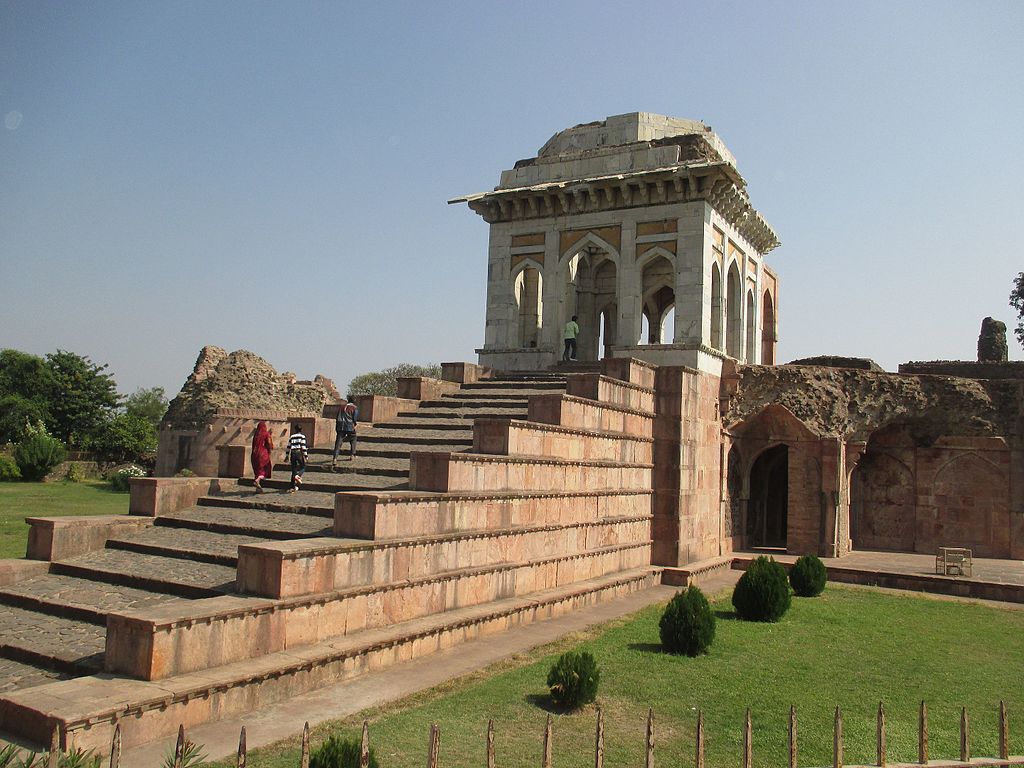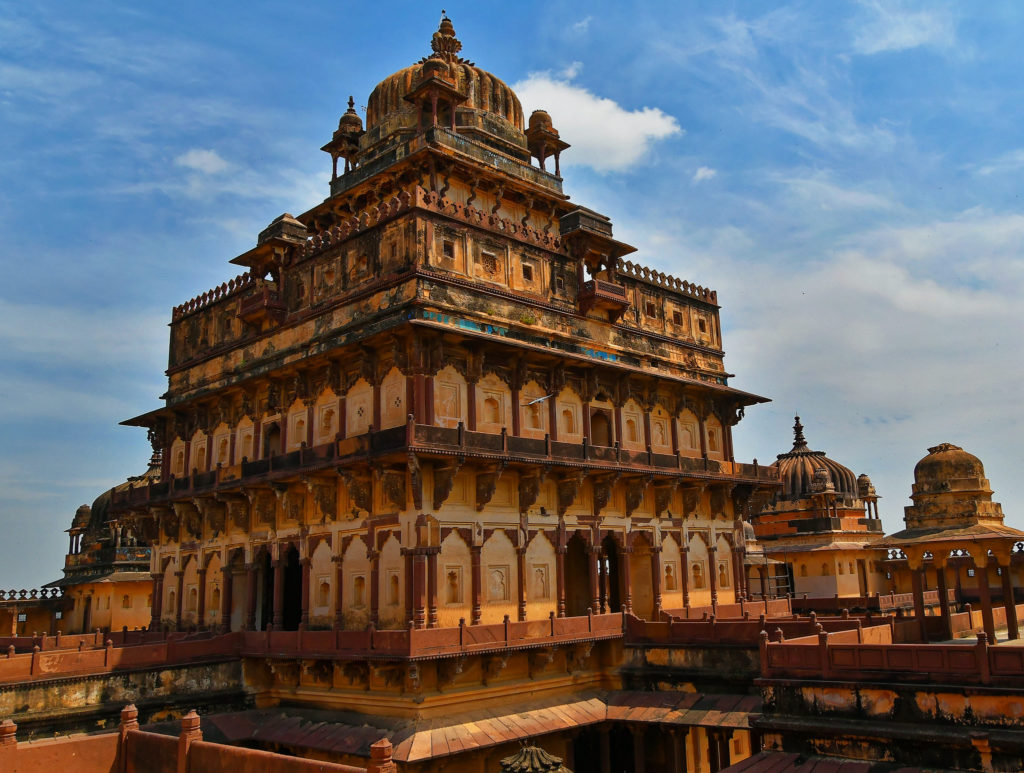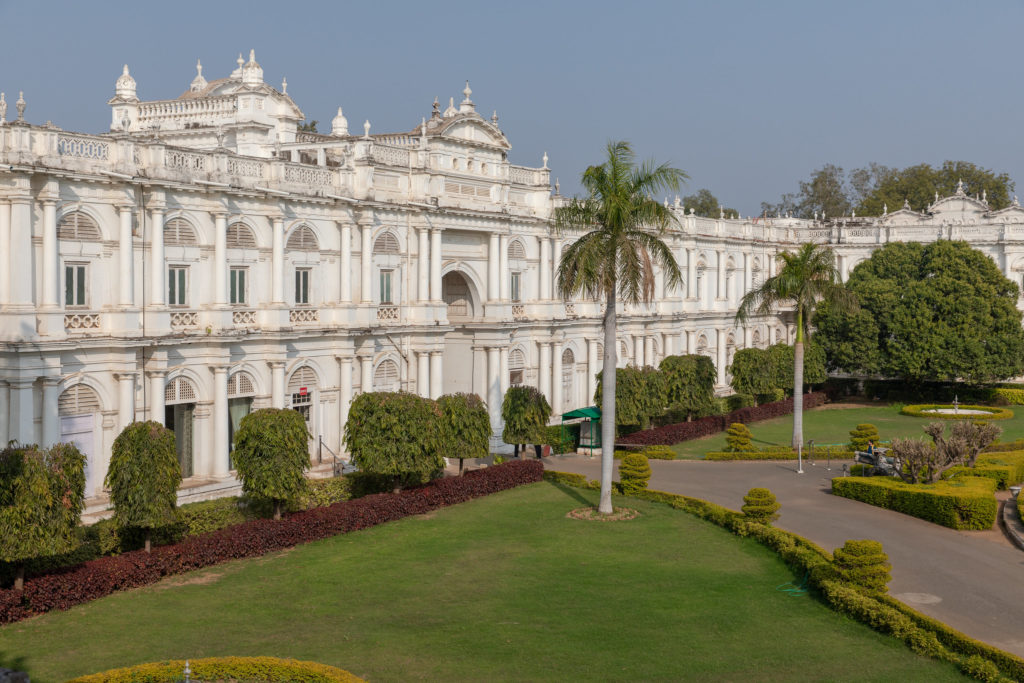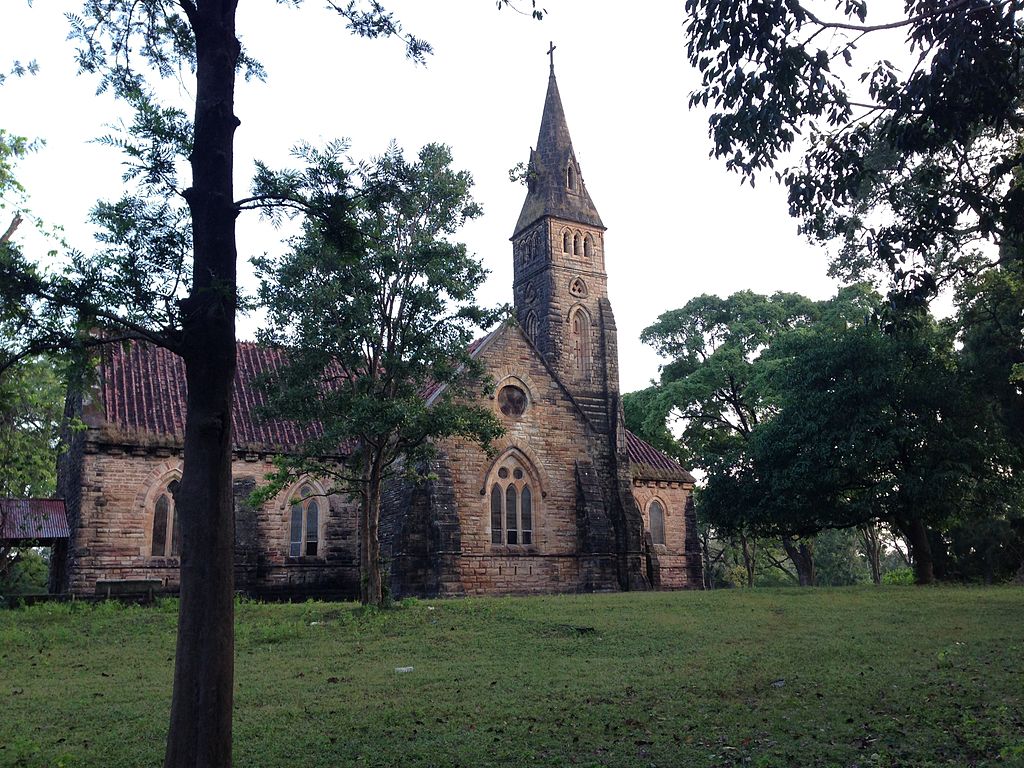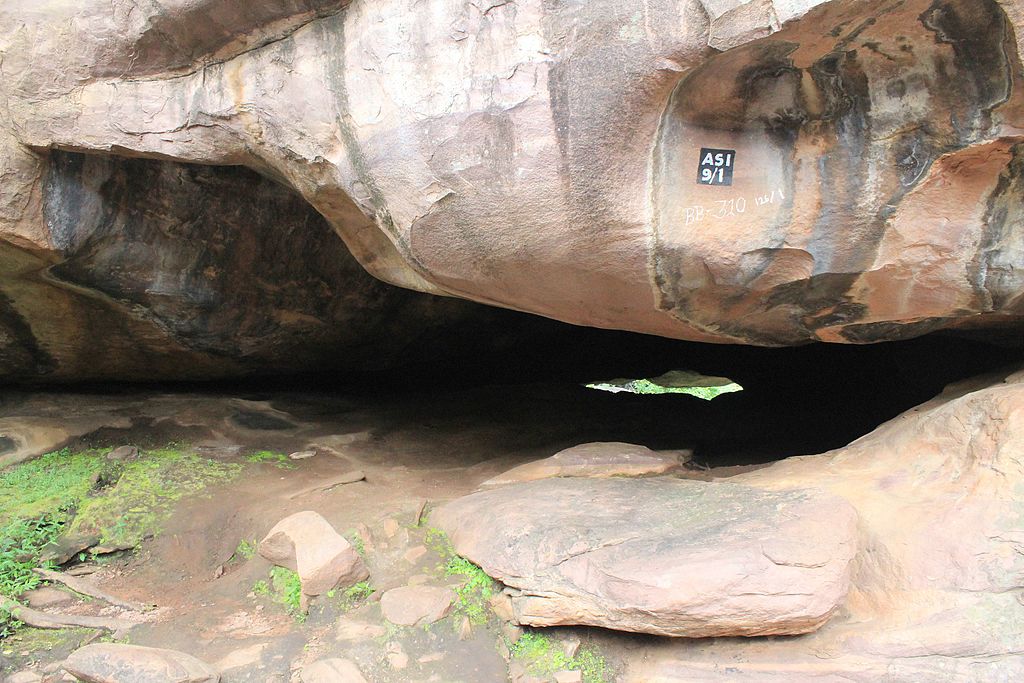
The Rudraksha Mala and its significance have been prevalent in India and the world for a long time now. Lord Shiva is the central figure for the symbolic representation of the Rudraksha. The idyllic portrayal of Shiva is incomplete without a Rudraksha mala around his neck and arms. The round beads of dark brown or black colour complement every Sadhus and Sanyasi in India.
The Rudraksha Mala worn by people in the present days has become a representative of spiritual life. Men, women, and children of not just Indian origin but of other ethnic groups are seen sporting it. People who desire a peaceful and spiritual life are keen on wearing these beads because of their scientific and mystic qualities.
In this article today, let us get an insight into the significance of the Rudraksha. We will look into the details of it, starting from its origin, spiritual essence, and benefits of Rudraksha.
What is the Rudraksha?

Rudraksha is a seed of the Elaeocarpus ganitrus tree. In India, the tree is found in the Himalayan region. The altitude, climate, and soil of the Himalayan region aids in the development of the tree. Unfortunately, trees are rare in India at present. The Elaecarpus Ganitrus trees were used for making railway sleepers; as a result, few of them remain today.
The Himalayan region grows the best quality of it. Some of these trees can be found in the Western Ghats of South India, but they are not of that high quality. Apart from India, Nepal, Thailand, Indonesia, and Burma have the tree.
Rudraksha and its Relation to Lord Shiva

The outer husk of the Rudraksha seed is blue when it is fully ripe. This causes the seeds to be also known as blueberry seeds. The blue colour connects the Rudraksha with Lord Shiva. Shiva is also known as Neelkanth. To benefit all living beings, Lord Shiva drank a deadly poison. The poison turned his body and throat blue, hence the name.
Another significant mythical origin of the Rudraksha tree is also in connection with Lord Shiva. It was believed that the tree grew out of Lord Shiva’s tears that fell on the ground. ‘Rudra’ is another name of Lord Shiva. The meaning of the name stands for the one who dissolves all pain and misery. Etymologically, Rudra is the conjunction of two words. ‘Rud’ means ‘to cry’, and ‘Ra’ is the light of divine consciousness. Together it stands for the tears of joy one feels when experiencing divinity.
Benefits of the Rudraksha
Now that we know about the origin of the Rudraksha let us learn about the various benefits it contains. It has both scientific and spiritual assistance.
1. Scientific Benefits

Many people have health issues because of the fast-paced life we live. By focusing more on our work and studies, health takes a back seat and is forsaken. Diabetes, heart problems, insomnia, depression, hypertension, and many more diseases are common among people. Medicine does indeed play a significant role in monitoring these problems. But scientific research also proves that wearing the Rudraksha does have its significance from which people can benefit.
Modern research shows that a Rudraksha seed has electromagnetic properties. Following are some of the proven scientific benefits of it-
2. Magnetic Benefits

The electromagnetic property of the Rudraksha helps in stimulating a proper flow in our body. The veins or arteries with some kind of blockage can benefit from the Rudraksha and its magnetic property. It aids in maintaining an even blood flow, removes toxins from the body, and even lessens body pains. All these make it have an anti-ageing benefit for our body.
3. Anti-inflammatory Benefits

The practise of soaking the Rudraksha mala in water overnight and drinking that water first thing in the morning is common in India. Many people of the older generation still indulge in this habit. Research shows that the Rudraksha soaked water has a rich content of Vitamin C. The anti-inflammatory property of the beads helps people grow their immunity. This way, people can curb many diseases and maintain a healthy life.
4. Monitoring Heart Functions

A healthy heart means a healthy body. Our machine-like body needs monitoring from time to time for it to function correctly. Our body’s system must have a regular and even flow without any difficulties. The different body parts connect and maintain the machine, our body, to be in a working condition. The Rudraksha bead has a calming and stabilizing effect. When there is any kind of problem in the proper circulation of the flow, it helps by exerting the right amount of force to our heart. This, in turn, stabilizes the heart and improves its performance. This helps in preventing heart attacks and high blood pressure.
5. Spiritual Benefits

Along with the scientific benefits, the spiritual gifts of the Rudraksha helps people to have a balanced life. Anxiety, depression, insomnia are all results of too many thoughts ricocheting in our minds. Our mind is also under pressure and worries, just like our body undergoes wear and tear. The mind also requires proper monitoring for us to be mentally healthy. Wearing it can help us find that semblance.
Before going into the spiritual benefits, we first need to know the different kinds of Rudraksha seed and their importance. It is available in different mukhis or faces. There are nearly 21 mukhis of the Rudraksha. Each face has its value and purpose. Ascetics advise that before wearing any Rudraksha, one should take some spiritual consultancy and find out which Mukhi is suitable according to their characteristics. Whether to wear Ek Mukhi or Panchmukhi Rudraksha varies from person to person.
The Ek Mukhi Rudraksha is thought to make one isolate themselves from others. Without adequately knowing its significance, a person wearing Ek Mukhi Rudraksha can end up alone, distanced from their close ones. The Panchmukhi Rudraksha is the safest and convenient for all. The Panchmukhi is famous for its power of maintaining overall wellbeing, health, concentration, regulation of blood flow, and more. The other forms of mukhis have their respective benefits and potency.
Following are a few of the spiritual benefits of it that one may attain after wearing them.
6. Effective Personality

Individuals have different personalities. Each of us has some dominant and some submissive traits. Depending on what we would like to achieve, what kind of trait we want to manifest in ourselves, a Rudraksha can help us accordingly. Rudraksha and its mukhis have strong behavioural effects on us. With proper guidance and research, one must select the appropriate mukhi before wearing it. This will help in building an influential personality.
7. Optimism

The spiritual benefit of optimism is another scientifically proven fact about Rudraksha. The Rudraksha has qualities that help influence positive energy in the person wearing it. Scientific study shows that Rudraksha has a dielectric effect. This means that it has qualities that help store excessive good or bad energy one feels. Due to stress and other emotions, people tend to generate negative and positive energy. This energy may further lead to diseases like hypertension, anxiety, and more. It acts as a stabilizer and balances our emotions. A balmy effect, the beads can help one exert positivity in themselves even during extreme stress.
8. Identifier of purity and impurity

Rudraksha can help identify pure and impure food or water. It is said that if a Rudraksha is held above any food or water, it can help know whether it is edible or not. Before consuming the food or water, carry a Rudraksha above it. If it moves in a clockwise direction, it means the food or water is pure. If the bead moves in an anti-clockwise direction, it means it is impure and must not be consumed.
Some More Facts About Rudraksha

- A traditional Rudraksha mala contains 108 plus one bead. The extra bead is called the ‘bindu’. A Rudraksha mala must always have a bindu or else the energy will become cyclical. Sensitive people may become dizzy wearing a mala without the bindu.
- Adults must not wear less than 84 plus one beads’ mala.
- It helps people feel safe and protect them in uncertain situations and has properties that help create a cocoon from negative energy.
- It helps in alerting a person and activating their senses.
The benefits of Rudraksha are therefore extremely powerful and effective. With science agreeing to its powers, it can indeed help people have more balance in their lives.
Suggested Read – Indian Beads – Tiny, Vibrant, and Holistically Artistic



























